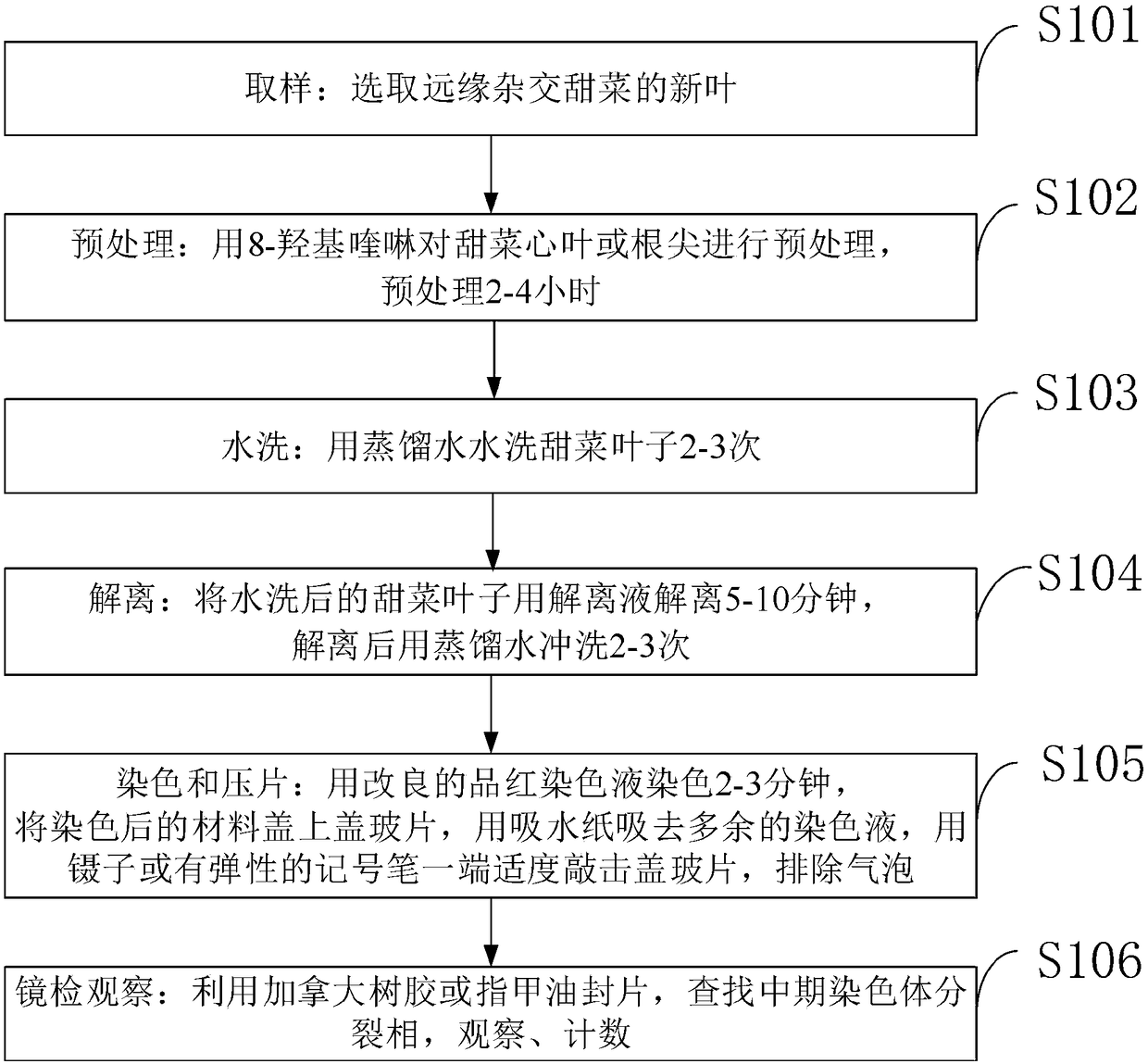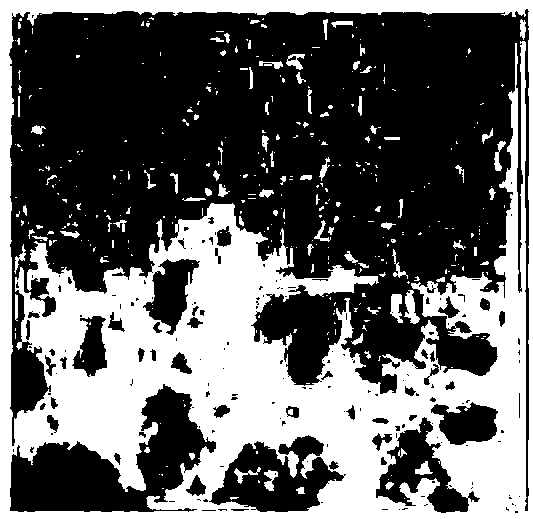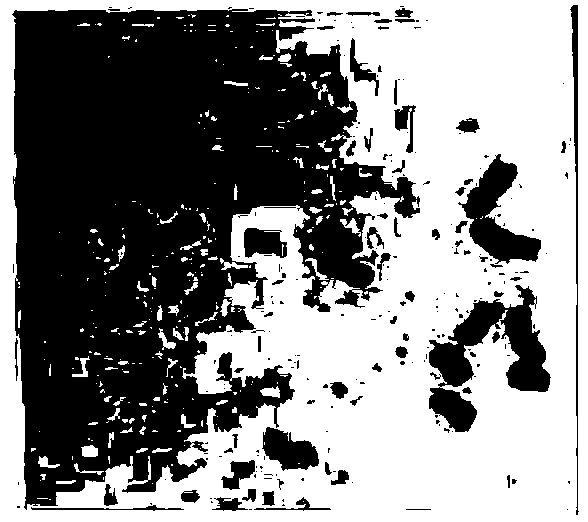Flaking method for distantly-hybridized sugarbeet chromosome
A technology of chromosome preparation and distant hybridization, which is applied in the field of distant hybridization sugar beet chromosome preparation, can solve the problems of micro-cutting, short chromosomes, and affecting probe penetration, etc., to achieve easy operation and mastery, improve work efficiency and experimental efficiency Improved effect
- Summary
- Abstract
- Description
- Claims
- Application Information
AI Technical Summary
Problems solved by technology
Method used
Image
Examples
Embodiment 1
[0052] 1. Sampling: Take the new leaves of distant hybrid sugar beet at 8:00-10:00 in the morning every day;
[0053] 2. Pretreatment: pretreat sugar beet heart leaves or root tips with 8-hydroxyquinoline, and the pretreatment time is 2-4 hours;
[0054] 3. Washing: Wash the beet leaves with distilled water for 2-3 times;
[0055] 4. Dissociation: dissociate the washed beet leaves with dissociation solution for 5-10 minutes, and rinse with distilled water for 2-3 times after dissociation;
[0056] 5. Staining and pressing: stain with the improved fuchsin staining solution for 2-3 minutes, cover the stained material with a cover glass, absorb the excess staining solution with absorbent paper, and use tweezers or one end of an elastic marker pen Tap the coverslip moderately to remove air bubbles;
[0057] 6. Microscopic examination observation: Find the phase of metaphase chromosomal division, observe and count, and seal the slide with Canadian gum or nail polish.
Embodiment 2
[0059] 1. Sampling: Take the new leaves of the distant hybrid sugar beet at 8:00-10:00 in the morning every day; the distant hybrid sugar beet is the monomer addition line beet M14 or allotriploid sugar beet;
[0060] 2. Pretreatment: pretreat sugar beet heart leaves or root tips with 8-hydroxyquinoline, and the pretreatment time is 2-4 hours;
[0061] 3. Washing: Wash the beet leaves with distilled water for 2-3 times;
[0062] 4. Dissociation: dissociate the washed beet leaves with dissociation solution for 5-10 minutes, and rinse with distilled water for 2-3 times after dissociation;
[0063] 5. Staining and pressing: stain with the improved fuchsin staining solution for 2-3 minutes, cover the stained material with a cover glass, absorb the excess staining solution with absorbent paper, and use tweezers or one end of an elastic marker pen Tap the coverslip moderately to remove air bubbles;
[0064] 6. Microscopic examination observation: Find the phase of metaphase chromo...
Embodiment 3
[0066] 1. Sampling: Take the new leaves of distant hybrid sugar beet at 8:00-10:00 in the morning every day;
[0067] 2. Pretreatment: pretreat sugar beet heart leaves or root tips with 8-hydroxyquinoline for 2-4 hours; the concentration of 8-hydroxyquinoline is 0.002mol / L.
[0068] 3. Washing: Wash the beet leaves with distilled water for 2-3 times;
[0069] 4. Dissociation: dissociate the washed beet leaves with dissociation solution for 5-10 minutes, and rinse with distilled water for 2-3 times after dissociation;
[0070] 5. Staining and pressing: stain with the improved fuchsin staining solution for 2-3 minutes, cover the stained material with a cover glass, absorb the excess staining solution with absorbent paper, and use tweezers or one end of an elastic marker pen Tap the coverslip moderately to remove air bubbles;
[0071] 6. Microscopic examination observation: Find the phase of metaphase chromosomal division, observe and count, and seal the slide with Canadian gum...
PUM
 Login to View More
Login to View More Abstract
Description
Claims
Application Information
 Login to View More
Login to View More - R&D
- Intellectual Property
- Life Sciences
- Materials
- Tech Scout
- Unparalleled Data Quality
- Higher Quality Content
- 60% Fewer Hallucinations
Browse by: Latest US Patents, China's latest patents, Technical Efficacy Thesaurus, Application Domain, Technology Topic, Popular Technical Reports.
© 2025 PatSnap. All rights reserved.Legal|Privacy policy|Modern Slavery Act Transparency Statement|Sitemap|About US| Contact US: help@patsnap.com



